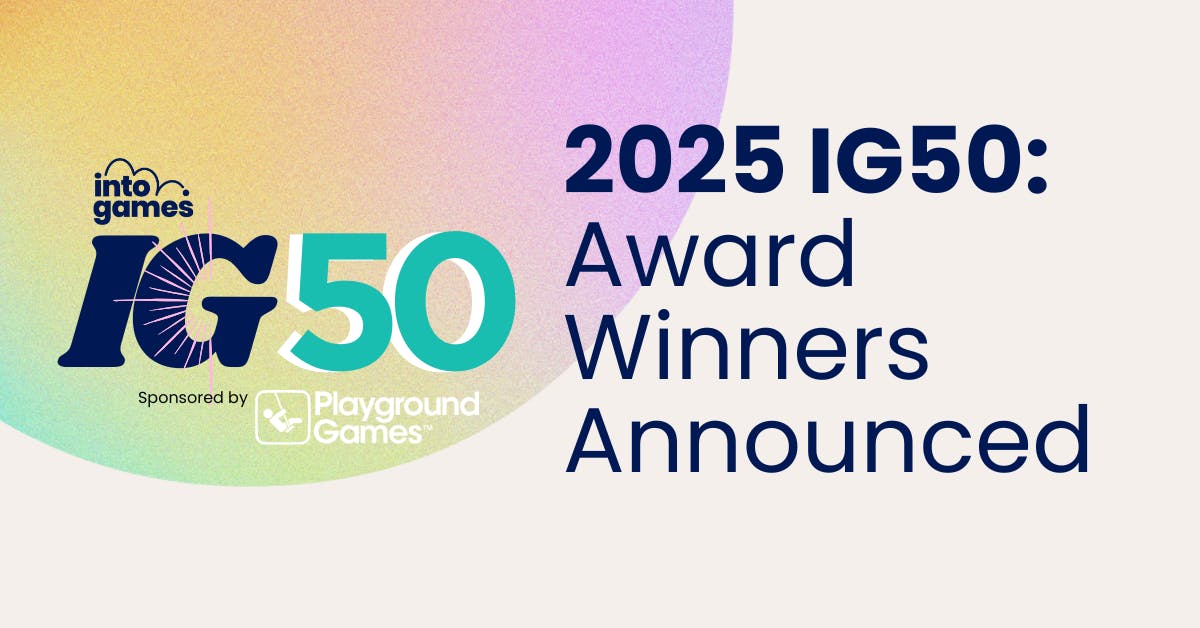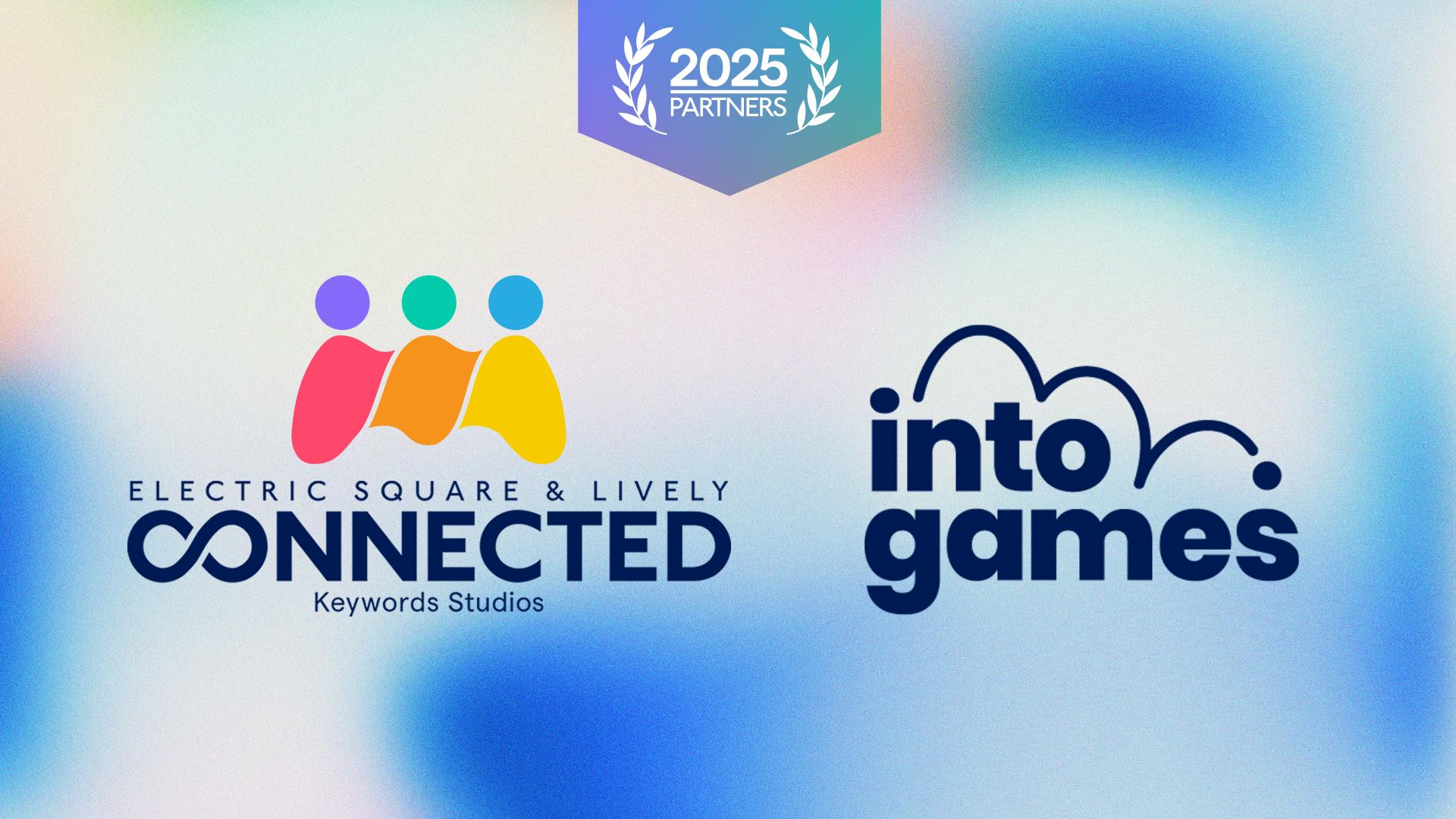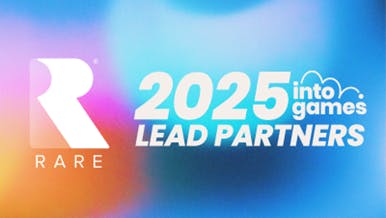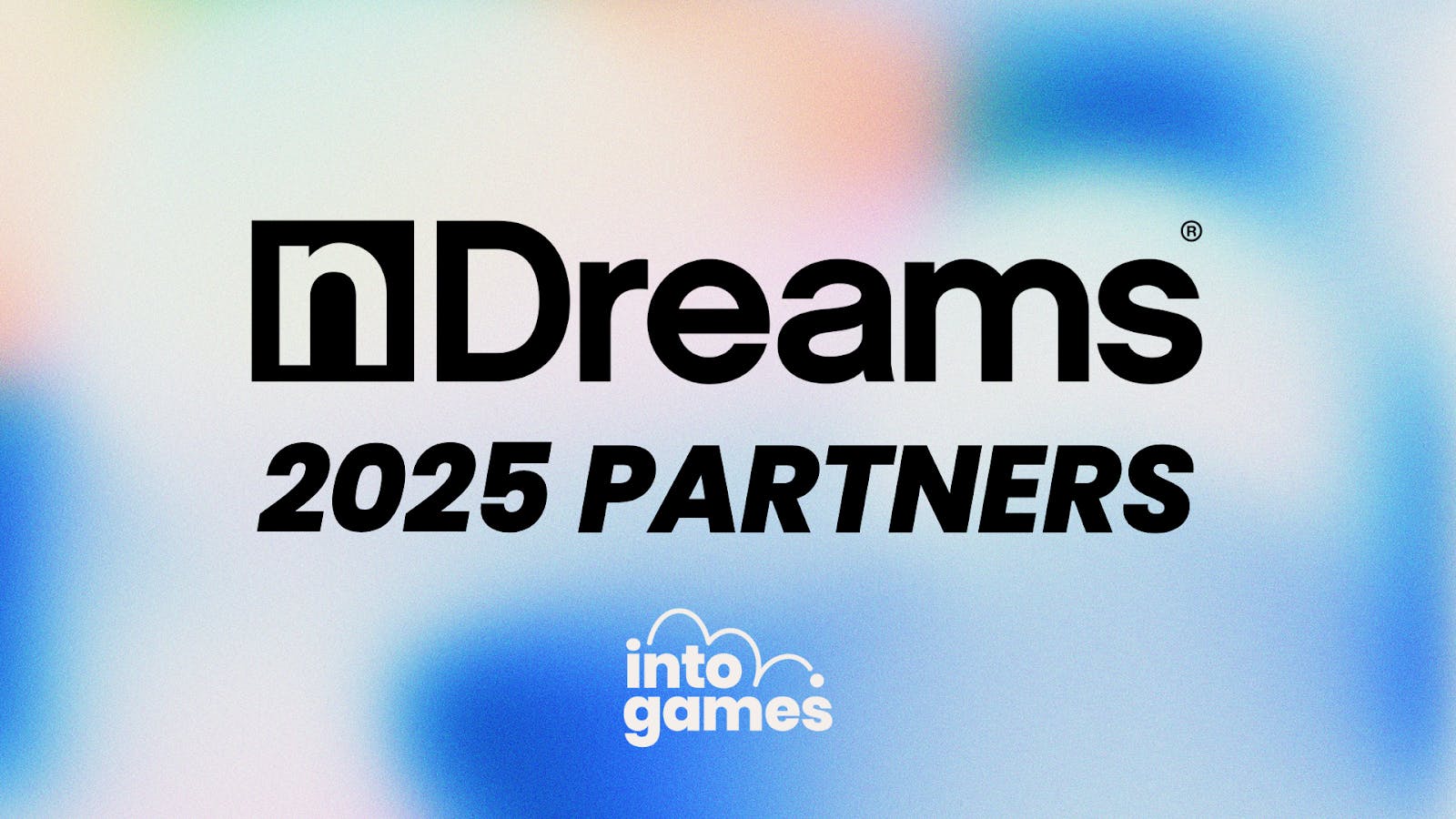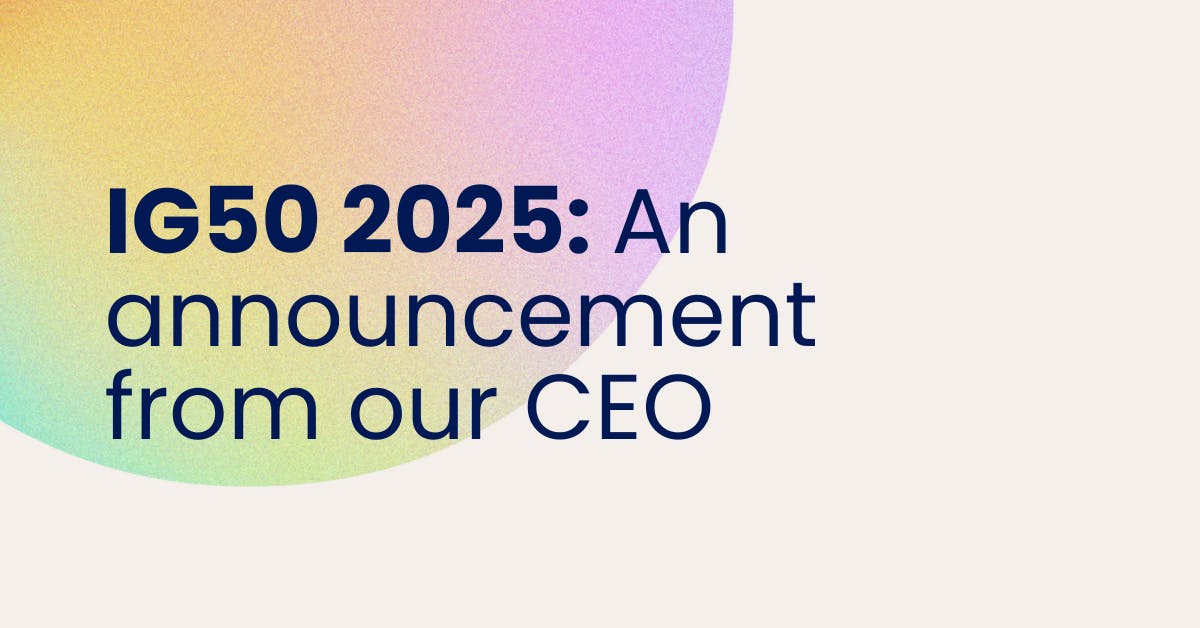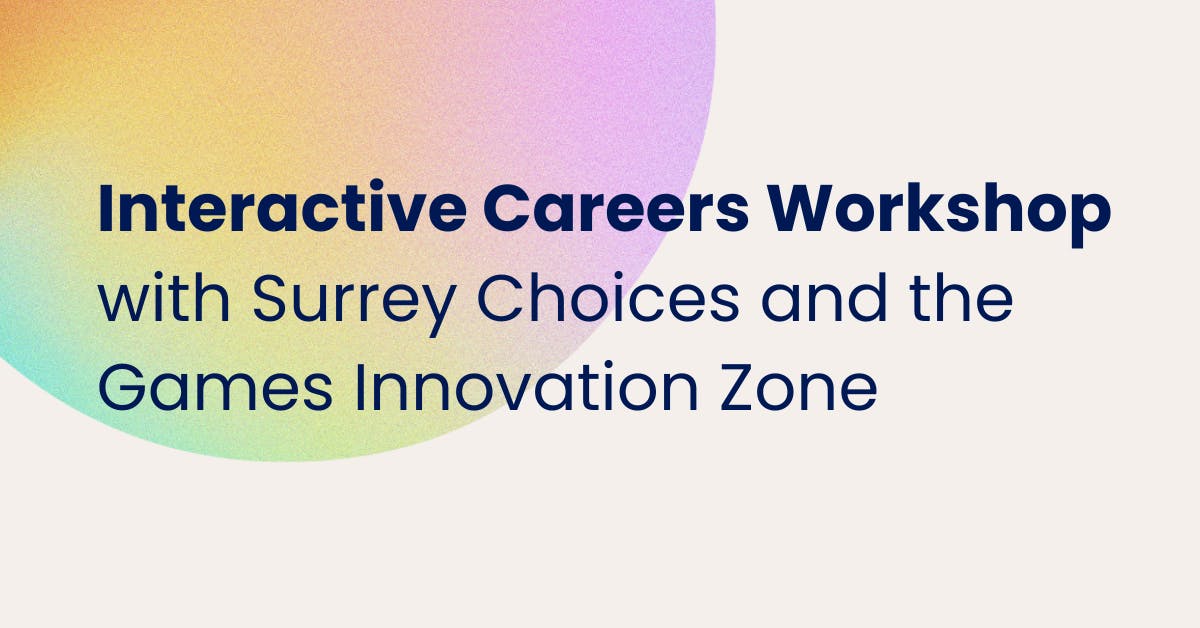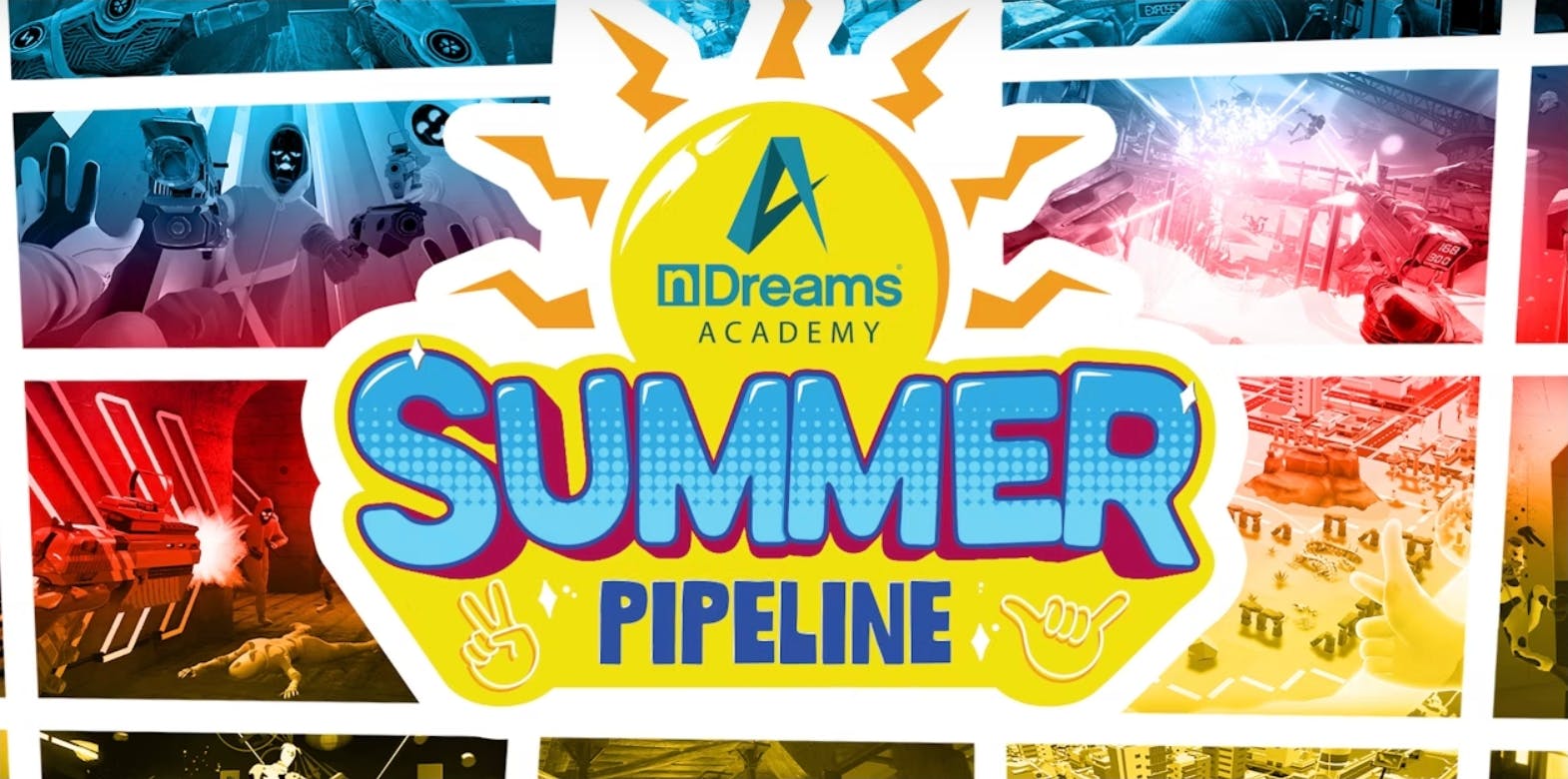
26 October 2020
What does a Storyboard Artist in games do?
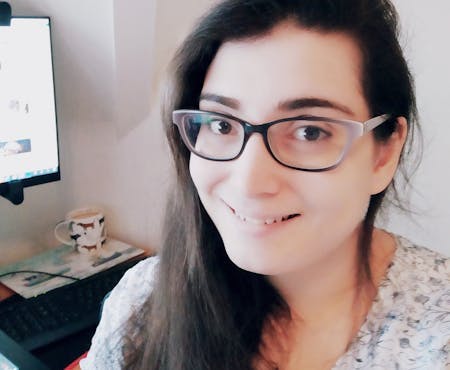
Alison Moon is a Storyboard Artist for Supermassive Games, creating artwork for the Dark Pictures Anthology. Before working in games, Alison worked freelance for Film and Television; working with production companies and names such as Little Dot Studios and British Gas. We asked Alison, some key questions about getting into the games sector.
Explain your role like I'm 5 years old
Storyboards are essentially sequential drawings - like a comic but to a TV screen format- that represent the plot and action of a project. Imagine you've been given a 90-page script and are then told you have to read it in less than an hour and a half - that's what storyboards can help you do. They are, so to speak, a quick visual blueprint for a story.
They are an incredibly useful tool for presenting: used by multiple departments from design to animation, they help the Director easily communicate what they want to happen. Creating storyboards can sometimes be a big process in games involving both playable action and cutscenes.
Take us through your average day at work
As an in-house storyboard artist, most of the time I go to work knowing that I'm going to have a set amount of drawings to do, or I'll be organising those drawings into a readable format such as a company presentation tool or a pdf.
Usually, I'll get a brief beforehand of what needs to be done for, say, a specific chapter of the game, and then I'll structure my time around that. On a standard day, I'll do between 20-25 images ranging from actions such as characters speaking to each other to complex fight sequences.
What was your educational and career journey into your current role?
I always knew I wanted to do something drawing related ever since I was little. During school, I struggled with the idea of just painting anything however - I needed a brief or a prompt to work from, which is why I went on to do an Illustration Degree at University.
It wasn't until I was freelancing however that I discovered storyboarding as a thing for film and television - it's a tool very much more used in the US than the UK so I think not many consider it initially when thinking about what they want to do. For me, a lot of emphasis had been placed on illustration being something you did for kid's books, editorial stuff or advertising - all highly competitive - and neither of those things really appealed to me.
I actually took a break for a long time to teach drawing and painting to adults, with life drawing sessions particularly helping my own skillset as well. Often teaching art is just looking at another person's work with fresh eyes, and you start to recognise pitfalls and ways that you can improve your own drawing all the time.
I had a good friend from University at the time who was developing his career as a concept artist and he suggested storyboarding to me, noticing that I preferred quickly sketching things to fully worked up paintings. As I started off on trying to find out more, one piece of advice that he gave me really stuck out: don't be afraid to ask for help.
Networking was a big thing for me - I signed up to Mandy.com (which is a bit like a LinkedIn/instagram for media professionals) and found a few jobs on there. A lot of media roles for artists are all about networking, and not just reaching out to directors or producers. I asked loads of storyboard artists about their experiences and what they thought would be useful to develop skills - the best ones even came back to me to give feedback on my website and work.
After a while of this, I actually started to get jobs from other artists - they'd be approached for a job but would be unable to do it for some reason, so they'd remember me and very kindly recommend me. What goes around comes around - I now get requests for work that I'm not available for but have a good list of other artists who I can recommend. It looks much more professional to tell a client 'I'm not free currently but I know an artist who'd be great for this' than a flat 'sorry I can't right now'.
This level of support was a really pleasant surprise after being told that an art career is a giant competition you'd be lucky to get into. Eventually, I got recommended to Supermassive Games by one of their in-house artists, had a successful interview and have been working there for about a year now.
What do you love most about your role?
Essentially my role is sketching all day. It's a role where you work closely with other people, seeing a project take shape in the pre-production phase is always great for that creativity - it's an exciting part of any project. I also love the collaboration – it’s always great seeing people get excited because they can see their written ideas take visual form!
What's the hardest thing about your role?
I'm sketching all day, quickly and often to a deadline with a high turnover, and it can sometimes feel like you don’t have much time to think about your images. You do get lots of feedback though, so it’s good in that you can always chuck something that’s not working: at this stage in a project, it may also be that you get the chance to rework or even start over.
It can also be hard not to get too invested in a particular image just because you really like it- not every drawing has to be a masterpiece, it just has to tell a story. Unlike high-end concept paintings, storyboards are fast and sketchy. In fact, Directors often prefer less pretty – which is helpful, as sometimes they will want a different image quite quickly after. The point to remember is that it's never wasted effort, even if it gives the director a clearer idea of what they don't want visually, it still contributes.
What key skills should people work on to do your role one day?
Life drawing and knowledge of perspective is so helpful that they're definitely first on the list - no matter how well someone can draw the practice never is a waste of time. Brush up on cinematic knowledge - camera angles, cinematographic principles such as the 180 rule and shot types.
Try not to approach it too much like a comic - it's a good comparison when explaining what a storyboard is but a drawing that would have been great for a print or web page (even if it ticks loads of boxes of dramatic, fun to draw and good looking) could be breaking a lot of filming rules, so it's very important to be aware of what's suitable depending on the scene.
What advice would you give to your younger self looking to get started in the industry?
Network more - It's not something that'll immediately come back with results but keep at it and you'll get there. Also: develop a filing system so that when you open a file window you don't have to scroll through hundreds of images to find the one you want! Most importantly: Research what you want to focus on - too many styles of drawing can put employers off, and finding a niche is a good way to develop a tailored portfolio. A lot of games companies tend to have less of a need for permanent storyboard artists, or they'll employ concept artists who know how to storyboard. So to become a storyboard artist in games it's a good start to focus on companies that are known for cinematics.
I eventually found myself drifting towards sci-fi, crime and horror as a genre I liked working in while freelancing, so I tailored my portfolio to this. As I drew for this more and more, something I found particularly useful was finding the right references - for instance, what do characters in this genre range always do a lot of? Running away is definitely a big one! I have a huge library I've collected - google images, drawings and studies of people running. In all sorts of directions from all sorts of angles. Other things too - blood and gore, terrified expressions, creepy lighting - my hard drive looks worse by the day! Supermassive Games produces lots of Horror games - so it was good to have some extra drawings in my sketchbook to show tailored to something they'd need.
Do you have any links to good articles or videos that you think might give some tips or advice to someone starting in your role?
Websites:
Mandy.com - a great networking site for Film, TV and game pros looking for work.
Film Grab - a great resource for film stills and reference for shot compositions.
Storyboard Art Podcasts - a great podcast series featuring tips and interviews.
StudioBinder - a great video resource with tips on filming techniques and shot types.
Books:
Anything by Marcos Mateu-Mestre, Particularly 'Framed Ink: Drawing and Composition for Visual Storytellers' Force: Dynamic Life Drawing for Animators by Michael D. Mattesi - really helpful for anatomy and has loads of tips for drawing people quickly.
Stay up to date
It's time to level up your inbox
Pick which newsletters you're interested in receiving, and customise further by specifying a discipline.
Join our mailing listTell me more
